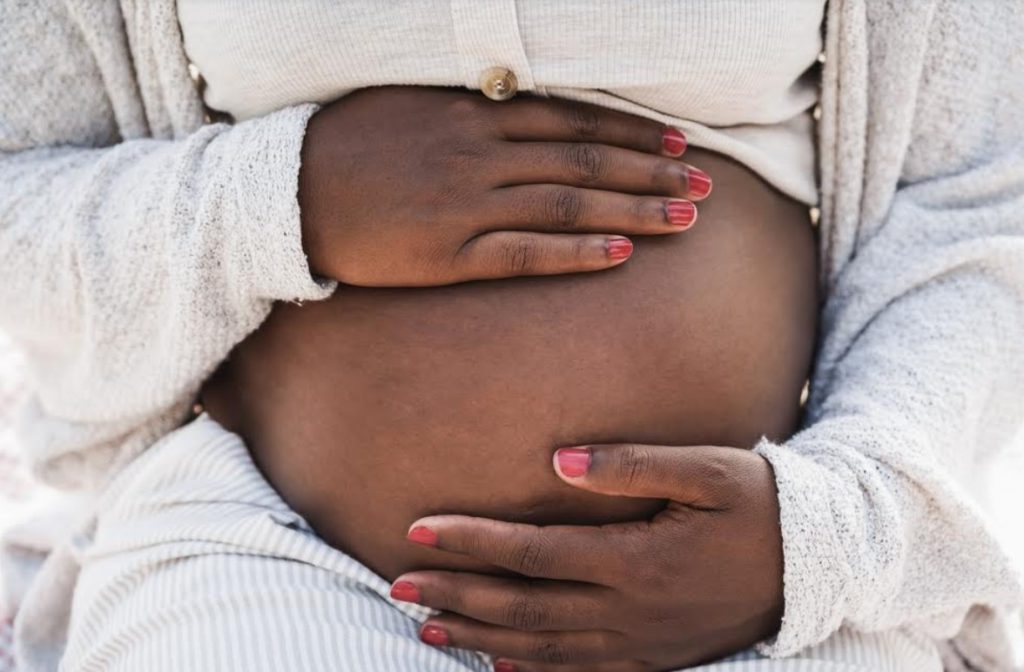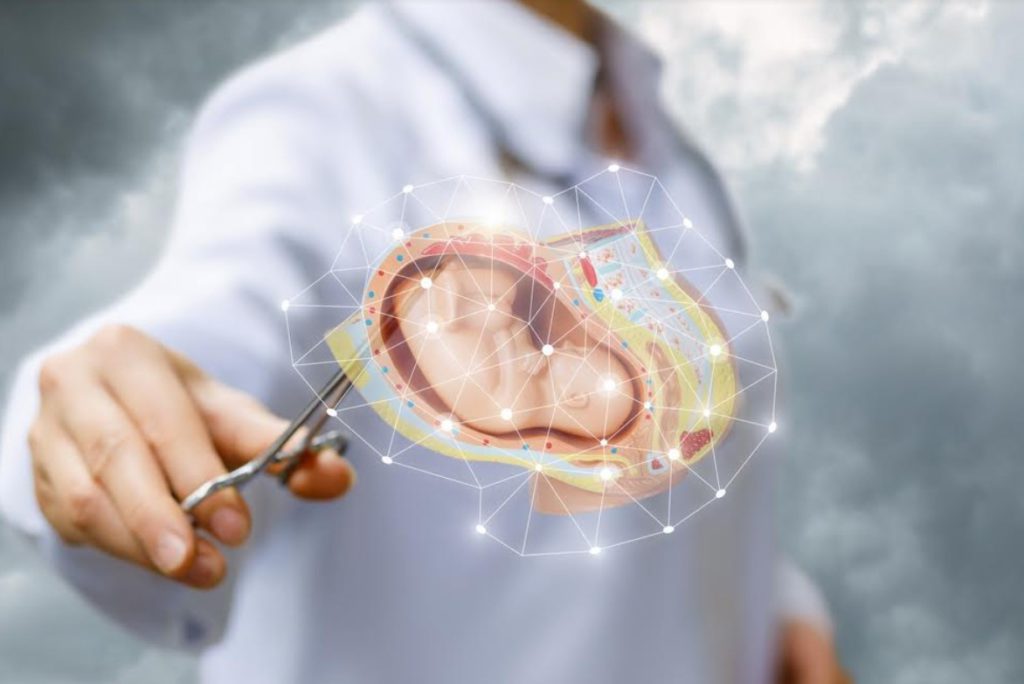If you’re pregnant, one question that must have loomed over your mind is “how exactly does a contraction feel?” You may even find that whenever you feel any movement in your belly, especially towards your due date, your mind immediately wonders if it’s just your baby moving like crazy or if it’s a contraction. Before you grab your bag and head to the hospital to prepare for labor, you must understand what contractions feel like in each stage of labor.

This post contains answers to all the questions you might have about contractions, including what they are and what they feel like in each stage of pregnancy.
Keep following.
What Are Contractions? Why do babies move between contractions?
Contractions are a sensation you feel during labor as your body works to expel your baby from your uterus. They occur as a result of the muscles in your uterus tightening and relaxing. It is not uncommon to feel contractions at every stage of your pregnancy. However, during labor, these contractions are usually longer, stronger, and more painful. You should also know that contractions during labor are not felt the same way from start to finish.
They usually start out pretty easy, and then intensify, but are still manageable for most of the labor.
Some contractions signal that you’re going into labor while others are just a means of preparing your uterus for actual delivery.
To why they move, there are various reasons. The baby getting into position for birthing or baby in distress is common.
Braxton Hicks Contractions
These are contractions that usually start during the second or third trimester. They come in the form of sporadic false contractions that aren’t painful and last anywhere from 30 seconds to 2 minutes. The most important thing to know about Braxton Hicks contractions is that they are totally normal and safe. You can go about your day the way you normally would if you ever experience them. However, if you feel uncomfortable about them, you can try calming the cramps by drinking plenty of water or taking a bath using baby-safe water temperature.
How A Baby’s Movement Feels Like
By the time your pregnancy reaches 16-25 weeks, you should start feeling your baby move. If you’re wondering how that feels like, it can generally be likened to a butterfly wing tickling you from the inside. Although, some women have reported that it feels a bit like bubbles popping. Some others have said it felt like gas. It may take a while for you to recognize these sensations as your baby moves.

These first movements are not usually painful. However, as your baby grows bigger and stronger, the movements may start to feel more painful. Sometimes, it may even feel like your baby is moving like crazy in your tummy.
At this point, you’ll probably be able to distinguish different types of movements such as kicking, stretching, somersaulting, and so on.
How To Differentiate Between My Baby Moving And A Contraction
Now that we’ve established what a baby’s movement and contraction feel like- if you’re still not certain what exactly you’re feeling, you can perform a self-evaluation based on the following:
- Can you pinpoint the contraction to a specific part? Most times, contractions are likely to be felt all over your belly. Fetal movement on the other hand is likely to be felt in a particular part of the belly.
- How long does the sensation last? If the sensation lasts between 30-90 seconds and goes away, but comes back for another 30-90 seconds, it is most likely to be a contraction. However, if it is a swift sensation that comes a few times in no predictable pattern, it is more likely to be your baby moving.
- How does the sensation feel? If your body feels like it’s tightening like a rubber band, you are probably experiencing a contraction. Sharp pain, on the other hand, that doesn’t tighten your belly is most likely your baby just being active.
If you’re unsure about whether your contractions are true labor contractions or Braxton Hicks contractions, you can watch out for the following signs. Braxton Hicks contractions have the following signs:
- They are usually uncomfortable, but not painful.
- The intervals between contractions are irregular.
- Contractions don’t get stronger over time.
- The duration between each contraction doesn’t become shorter
- Contractions taper off and eventually disappear.
What Should I do When Labor Contractions Start?
Once labor contractions start, you should note how long they last and the duration between successive contractions. This is also the best time to check in with your healthcare provider.

They’ll give you instructions on how to go about the next step of your labor. Watch out for the following signs that could point out that you’re having true labor contractions:
- The contractions are painful.
- Intervals between successive contractions become shorter.
- The contractions become stronger and last longer over time.
- They don’t stop.
Conclusion
If you are a first-time mom, you are probably freaking out about labor. Don’t worry, you’re not alone. Labor can be scary for a lot of women, but truth be told, when you know what to expect, it is not a scary thing. Thankfully, this post is a great way to get started on easing your anxiety.
Contractions can happen at every stage of your pregnancy. Usually, they aren’t any cause for alarm and they are just a way your body prepares you for delivery. In the same manner, at every point in your pregnancy, you will most likely feel your baby move. Again, this is normal and just shows that your baby is active.
However, it is important to know the difference between contractions and fetal movements. If you have concerns about any sensation in your belly that you’re not sure about, you should contact your healthcare provider. They will provide professional insight into whatever sensations you may be feeling.

